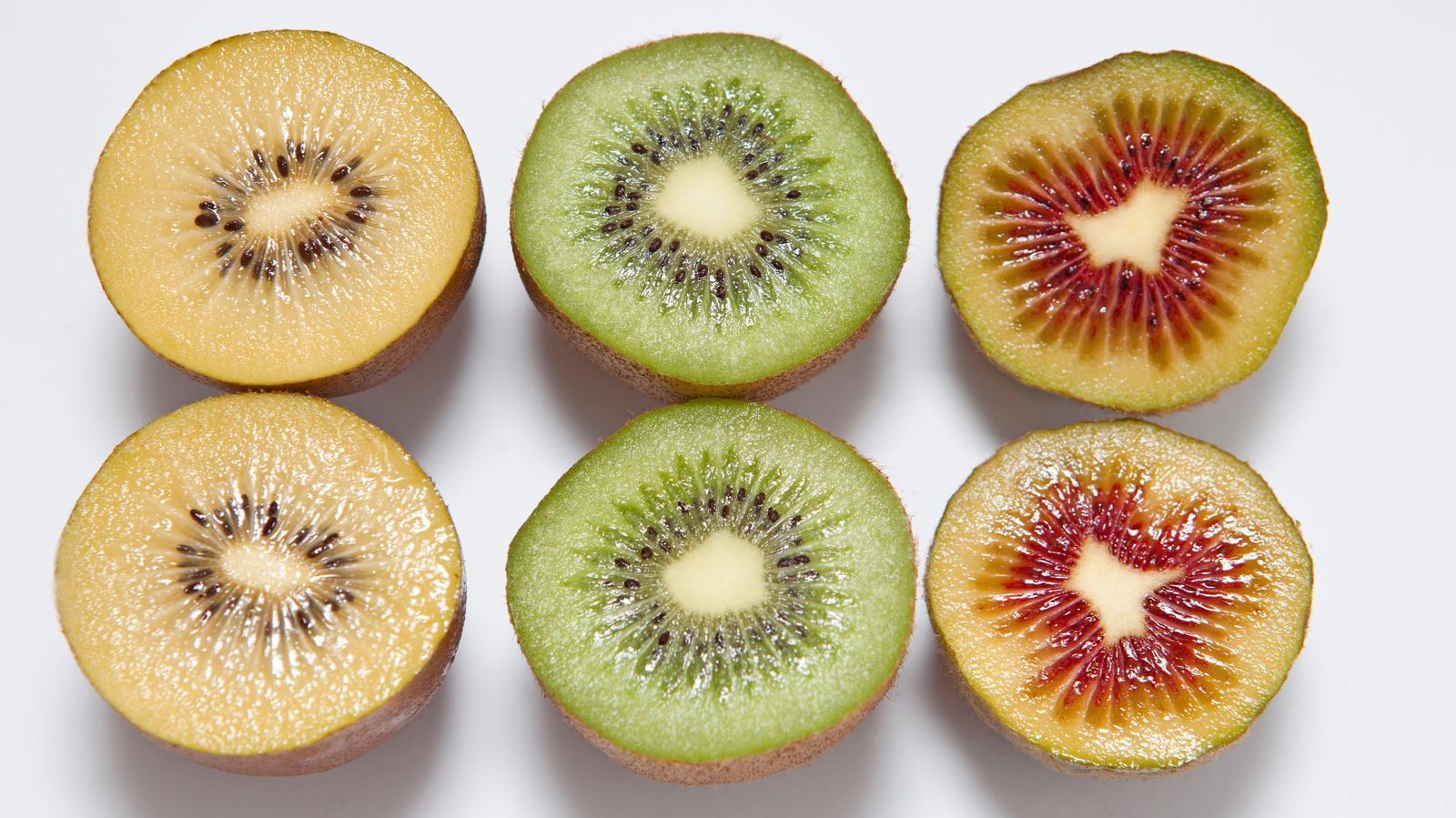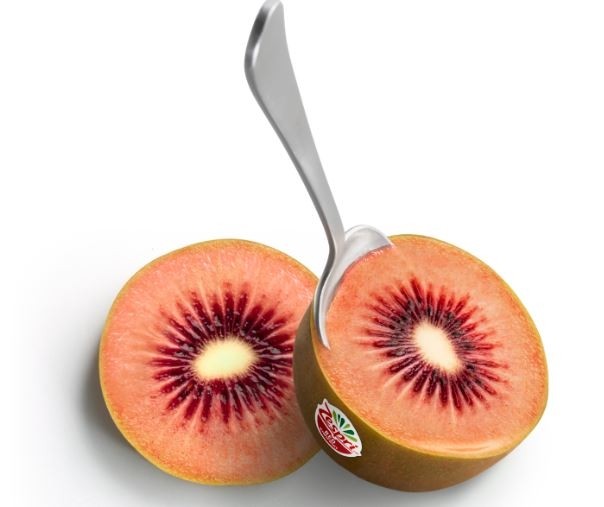Sampling Kiwis: A Savory Trip right into What Do Kiwis Taste Like
Wiki Article
A Deep Study Kiwi Farming: Introducing the Methods, Difficulties, and Prospective for Sustainable Farming
In this post, we will take you on a deep dive right into the methods, difficulties, and potential for lasting farming in the world of kiwis. Discover the optimum growing problems, innovative growing methods, and the sustainable techniques that can unlock the complete capacity of kiwi farming.Optimum Expanding Conditions for Kiwi Plant Kingdoms

Cutting-Edge Growing Techniques
To optimize kiwi cultivation, employ cutting-edge strategies that improve performance and sustainability. One such strategy is accuracy agriculture, which makes use of sophisticated innovations like drones, GPS, and remote sensing to check and handle plants a lot more effectively. Drones equipped with multispectral electronic cameras can catch high-resolution pictures of kiwi plants, making it possible for farmers to examine their health and spot any type of signs of illness or tension. General practitioner innovation permits exact mapping and tracking of the kiwi creeping plants, maximizing irrigation and fertilizing methods to make certain that each plant gets the essential nutrients and water. One more cutting-edge method is vertical farming, which involves growing kiwi plants in piled layers using fabricated lighting and climate-controlled atmospheres. This method makes best use of land usage efficiency and minimizes water consumption, making it optimal for city areas or regions with minimal arable land. Furthermore, hydroponics and aeroponics systems are getting appeal in kiwi cultivation. These soilless growing approaches provide plants with a nutrient-rich service or haze, specifically, promoting faster growth and greater returns. By embracing these innovative strategies, kiwi farmers can attain greater performance, enhance resource use, and add to lasting farming practices.Obstacles Encountered by Kiwi Farmers
Encountering many difficulties, kiwi farmers need to navigate through different obstacles to make certain effective farming and sustainable farming practices. Among the major obstacles they encounter is environment variability. Kiwi plants need a certain climate to flourish, with cozy summers and trendy winter seasons. Unpredictable weather condition patterns, such as extreme temperature levels, frost, and drought, can disrupt the development and development of kiwi plants. Farmers must frequently keep an eye on weather prediction and execute strategies like watering, frost protection, and color cloth to minimize the unfavorable effects of environment variability.One more considerable obstacle for kiwi farmers is insects and diseases. Kiwi creeping plants are at risk to an array of parasites, consisting of termites, aphids, and thrips, which can harm the fallen leaves and fruit.
Additionally, kiwi farmers deal with labor and labor expense problems. Kiwi growing needs labor-intensive activities, such as pruning, trellising, and harvesting. Nonetheless, locating skilled laborers that are educated concerning kiwi farming methods can be challenging. Labor prices can be high, particularly during peak periods. Farmers require to buy training programs, automation, and effective labor management strategies to maximize efficiency and decrease labor expenditures.
Lasting Farming Practices for Kiwi Cultivation

To make certain sustainable kiwi growing, you can apply an array of methods that advertise environmental stewardship and long-lasting stability of your farm. Kiwi plants need a significant quantity of water, however extreme irrigation can lead to water waste and soil disintegration. Embracing lasting power practices, such as using solar power or investing in energy-efficient innovations, can reduce your ranch's carbon footprint and contribute to an extra lasting kiwi farming system.
Opening the Potential of Kiwi Farming
By executing read sustainable farming methods, you can open the complete possibility of kiwi farming while minimizing environmental effect. Continue Kiwi farming has enormous capacity for development and productivity, however it likewise features its very own collection of obstacles. To totally open this possibility, it is essential to adopt sustainable techniques that not just make the most of yield and quality but also guarantee long-term practicality.One key aspect of opening the possibility of kiwi farming is maximizing irrigation techniques - what do kiwis taste like. Kiwi plants call for a certain amount of water to flourish, and by utilizing efficient irrigation systems such as drip watering or precision lawn sprinklers, you can decrease water wastefulness and minimize the view it danger of waterlogging or soil erosion
An additional vital aspect is soil health and wellness administration. Healthy and fertile soil is important for the development and growth of kiwi plants. By carrying out practices such as cover cropping, crop turning, and natural fertilization, you can boost dirt structure, boost nutrition availability, and decrease the need for chemical inputs.
In addition, incorporated insect monitoring (IPM) methods are essential in opening the capacity of kiwi farming. By adopting IPM methods such as biological pest control, scent traps, and plant monitoring, you can successfully manage parasites and diseases while decreasing making use of chemical pesticides.
Final Thought
In final thought, kiwi farming holds terrific possible for lasting farming methods. With ideal expanding conditions and a focus on sustainable methods, kiwi farming can grow while minimizing environmental effect.Discover the ideal expanding problems, cutting-edge growing methods, and the lasting techniques that can open the full potential of kiwi farming. By accepting these innovative strategies, kiwi farmers can attain greater productivity, optimize resource usage, and add to lasting farming methods.
Encountering countless difficulties, kiwi farmers have to browse via various obstacles to ensure successful cultivation and sustainable farming practices.By implementing lasting farming methods, you can open the complete capacity of kiwi farming while lessening environmental effect.In final thought, kiwi cultivation holds terrific potential for sustainable farming practices.
Report this wiki page